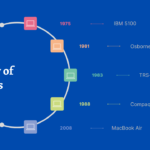Ah, the long-standing rivalry between Xbox and PlayStation. It’s the gaming world’s version of an epic face-off, with Microsoft’s Xbox and Sony’s PlayStation constantly battling for the top spot in the gaming console market. This rivalry has been going on since the early 2000s, ever since Microsoft decided to jump into the ring with their original Xbox.
Today, Xbox stands as one of the leading names in the gaming industry, firmly etching its place in the market. Join us as we delve into the rich history of Xbox, exploring how it has evolved, innovated, and transformed through its many dynamic iterations.
Table of Contents
Xbox (2001)
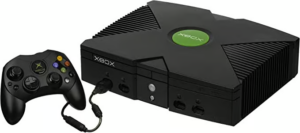
Kickstarting the era of Microsoft’s foray into gaming, the Xbox entered the gaming market with a bang in November 2001. This black-and-green console was Microsoft’s answer to the dominance of Sony’s PlayStation and Nintendo’s consoles in the gaming world.
When it hit the market, it was neck and neck with big names like Sony’s PlayStation 2 and Nintendo’s GameCube. Talk about a heavyweight showdown, huh?
When it first hit the stores, the Xbox was praised for its powerful tech specs. It boasted a 733 MHz Intel Pentium III processor and a custom 3D graphics processor that pushed out more than twice the polygons of Sony’s PlayStation 2. Not to forget the built-in Ethernet port for online gaming – a feature that was pretty unique for its time.
Xbox 360 (2005)
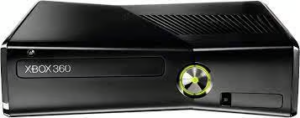
When the Xbox 360 rolled out in 2005, the Xbox brand had already carved out a comfy spot in living rooms worldwide. Since Sega wasn’t making consoles anymore, it was like a thrilling three-player game between Sony, Nintendo, and Microsoft, each trying to be the top dog in the world of video game consoles.
Xbox 360 was smaller, sleeker, and far more powerful than its predecessor. This was the console that truly put Microsoft on the gaming map. With its robust online service, Xbox Live, it offered an unprecedented multiplayer experience that set the benchmark for other gaming platforms.
The Xbox 360 was also known for its exceptional games. From the action-packed adventures of the “Halo” series to the open-world exploration in “Elder Scrolls V: Skyrim,” the 360 hosted some of the most memorable gaming experiences of its generation.
It was also the first console to introduce achievements, a popular feature that encourages players to complete various tasks in games to earn points and bragging rights.
Xbox 360 S (2010)
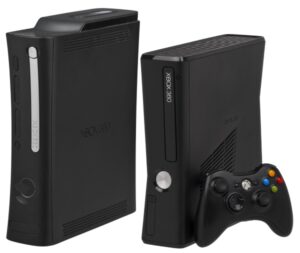
Fast forward to 2010, Microsoft launched the Xbox 360 S, also known as the Xbox 360 Slim. This redesigned model brought several upgrades over the original Xbox 360. It was smaller, quieter, and sleeker, living up to its “Slim” moniker.
The Xbox 360 S included built-in Wi-Fi, something the original model lacked, which meant online gaming was even easier. It also introduced Kinect support, a motion sensor system that allowed users to play games with body movements, no controller needed.
The 360 S also improved on the original by adding more USB ports, an optical audio output, and a dedicated Kinect port.
Xbox 360 E (2013)
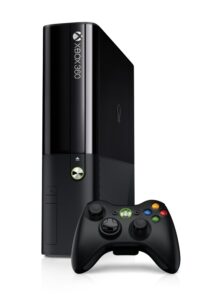
In 2013, the Xbox 360 E made its way into the market, bringing another wave of design changes. The 360 E was intended to resemble its successor, the Xbox One, with similar squared edges compared to the rounded design of the 360 S.
Internally, the Xbox 360 E was very similar to the 360 S, but there were a few differences. Some features were removed, such as the optical audio output and the AV port, making it a bit more streamlined in terms of connectivity.
It also had a quieter operation, making your gaming sessions even more immersive. Despite these changes, the 360 E maintained the strong game library and online features that made the Xbox 360 family so popular.
Xbox One (2013)
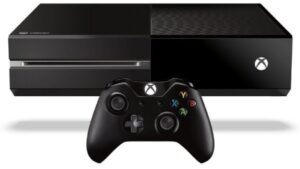
When Sony was preparing to launch the PlayStation 4, Microsoft didn’t want to sit on the sidelines. So they jumped into the ring with their own new console, the Xbox One, looking to give Sony a run for its money.
In 2013, Microsoft launched the Xbox One, aiming to make it an all-in-one entertainment system. It was designed to be more than just a gaming console; with apps for streaming, a built-in Blu-ray player, and live TV functionality, the Xbox One was the centerpiece of your living room entertainment setup.
Alongside these features, the Xbox One was packed with powerful hardware that allowed it to run games in high definition with remarkable detail. Titles like “Forza Motorsport 5” and “Ryse: Son of Rome” showcased the console’s capabilities right out of the gate.
However, most gamers picked Sony’s PlayStation 4 primarily because it was more affordable compared to its competitors and offered a wide range of exclusive games.
Moreover, it introduced Kinect 2.0, a motion-sensing camera that allowed for voice commands and interactive play. There were concerns among users about the privacy implications of the Kinect system and how it was being used. Eventually, the Kinect system was discontinued as it failed to gather a significant user base.
Xbox One S (2016)
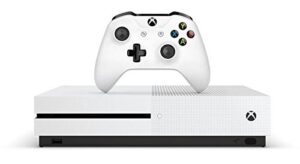
Three years after the initial release of the Xbox One, Microsoft introduced the Xbox One S in 2016. This was more than just a simple upgrade; it was a complete redesign that made the console 40% smaller than its predecessor. The Xbox One S was slimmer, lighter, and much sleeker in appearance, ditching the bulkier design of the original Xbox One.
But the Xbox One S wasn’t just about aesthetics. It brought some substantial upgrades to the table, like the ability to play 4K Blu-ray discs and stream 4K content from apps like Netflix and Amazon Video.
HDR (High Dynamic Range) support was another significant improvement, allowing games and media to display a much wider range of colors and contrasts, thus enhancing overall visual quality.
Xbox One X (2017)
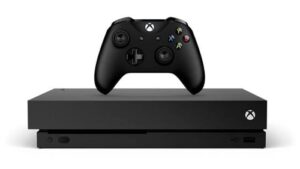
Just a year after the launch of the Xbox One S, Microsoft went one step further with the introduction of the Xbox One X in 2017. This console was promoted as the most powerful console in the world at the time of its release, and it lived up to that claim.
The Xbox One X took everything the One S had and turned it up a notch. It was the first Xbox console to support native 4K gaming, resulting in sharper and more detailed graphics. It boasted a powerful 6 Teraflop GPU and 12GB of GDDR5 RAM, allowing it to deliver stunning visuals and smoother gameplay.
It maintained compatibility with all existing Xbox One games but offered enhanced performance or visuals for many of them.
Xbox Series X and S (2020)
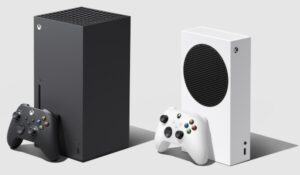
The Xbox Series X and Series S, launched in 2020, are the epitome of next-generation gaming. With a focus on power, performance, and compatibility, these new consoles promise to revolutionize the way we play games.
The Xbox Series X/S has been incredibly successful and popular, especially when compared to the Xbox One. But why was it so popular?
Well, here’s the kicker: Sony’s PlayStation 5, another hot ticket item, was like a super popular concert with too few tickets available. Plus, some folks were buying tickets only to sell them at higher prices, a practice known as scalping. This made getting a PlayStation 5 really tough.
So, what did gamers do? They turned their attention to Xbox. It was available, powerful, and ready to deliver an awesome gaming experience. This made it a go-to choice for many, contributing to its success. It’s like choosing a different, equally fun ride when the line for the roller coaster is too long.
The Series X is a true powerhouse, capable of running games at 4K resolution and up to 120 frames per second. It also features a super-fast SSD for shorter load times, and it’s backward compatible with thousands of Xbox One, 360, and original Xbox games.
On the other hand, the Series S is a smaller, more affordable option, designed for digital-only gaming at a slightly lower performance.
